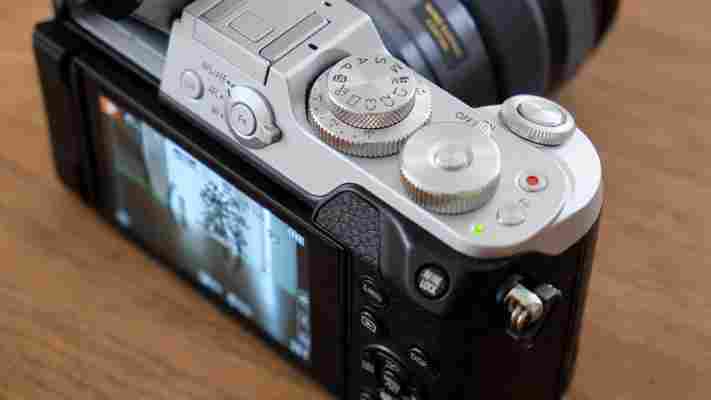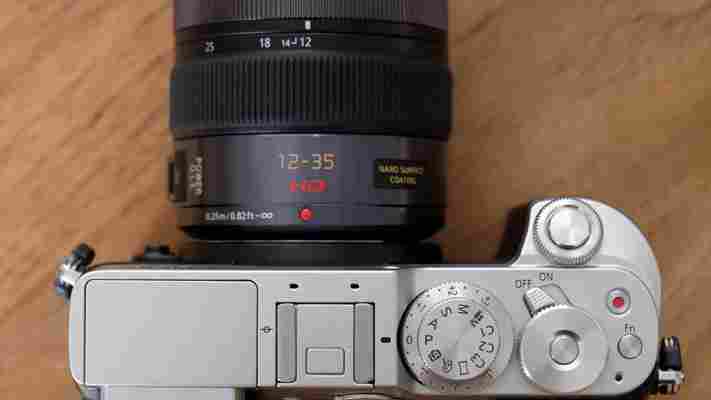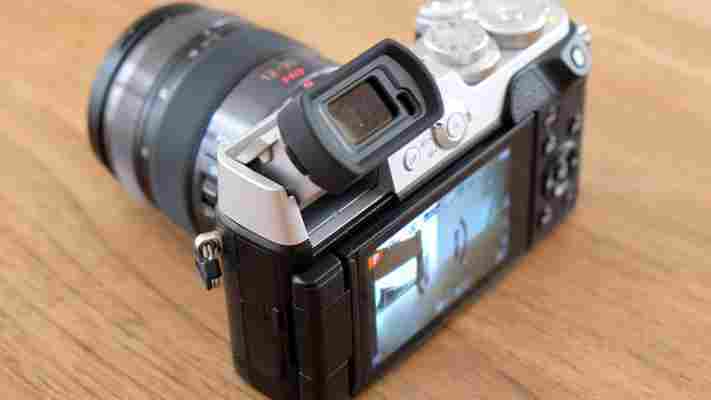Panasonic GX8 review
by Miles Warren
January 19,2022
When we first heard about the Panasonic GX8, we must admit we were sceptical. It sounded remarkably similar to the Panasonic G7 but with a snazzier design, a higher-resolution sensor (up from 16 to 20 megapixels) and a vastly inflated price. Could these differences really be worth paying an extra £450 for?
Our scepticism quickly mellowed once we got hold of the GX8. This is a camera that's easy to love, with a stylish design and rugged build quality that's a step up from anything we've seen from the Lumix G range before. Keen photographers will appreciate the plethora of buttons and dials, including four chunky metal rotary controllers mounted on the metal top plate. We're particularly pleased to see a dedicated exposure compensation dial, which we find more useful than the G7's drive mode dial. It's also surprisingly big and heavy. Its predecessor, the Panasonic GX7 weighed in at 402g (body only) but the GX8 is 487g and around 1cm bigger in all three dimensions.

There are various features in common with the GX7 that aren't included on the G7. The electronic viewfinder tilts up by up to 90 degrees; we find tilting it by about 30 degrees gives an extremely comfortable shooting position. Doing so resolved the problem we found with the G7 where accidental nose contact with the rear screen moves the autofocus point. As with the G7, being able to move the autofocus point using the touchscreen while composing shots on the viewfinder is nothing short of a revelation.
The GX8 also includes in-camera optical stabilisation, something the GX7 offered but other Lumix G cameras leave for their lenses to take care of. This means that stabilisation is available regardless of whether it's built into the lens. The GX8 goes a step further when paired with a stabilised lens, using both in conjunction. We saw spectacular results when shooting at the long end of the 12-35mm lens, with consistently sharp photos at shutter speeds as slow as 1/6s. We also saw reliable results using just the in-camera stabilisation with the 20mm pancake lens at shutter speeds down to 1/13s.

There are other upgrades shared with the G7 that were missing from the GX7. The screen is articulated at the side rather than the top, which gives more flexible viewing angles. Video is shot at resolutions up to 4K (3,840x2,160) with impeccable picture quality and full control over exposure and autofocus settings. It's good news not just for videographers but for stills photographers, too. A 4K Photo mode is essentially a 30fps continuous mode, saved as a video file. Individual frames can be extracted during playback and saved as 8-megapixel JPEGs. There's a choice of aspect ratios so you're not stuck with 16:9 widescreen. It's even possible to capture 30 frames from before the shutter button was pressed. The only caveats are the inability to save in RAW format and that in-camera stabilisation isn't available.

Autofocus is astonishingly fast, and so too are other aspects of performance. It delivered 8.1fps continuous shooting and kept going indefinitely for JPEGs and for 33 RAW frames. Enabling continuous autofocus, it managed an impressive 5.6fps. Subject tracking was responsive and reliable too.
Then there are the features that are better than both the G7 and GX7. The star of the show is the 2.36-million dot OLED viewfinder with its massive 0.77x (equivalent) image size. That's significantly bigger than the 0.7x viewfinders used by other CSCs and SLRs at this price, and matched only by the Fujifilm X-T1 . The GX8 also has a more substantial eyecup than the GX7, which is better at cutting out light from peripheral vision. The use of OLED technology for both the viewfinder and rear screen delivers rich, contrasted colours.

The camera is splash- and dust-proof, something that proved to be extremely welcome during testing at a rain-soaked music festival. However, the choice of similarly splash-proof lenses is limited to the excellent but expensive 12-35mm and 35-100mm models, plus a few Olympus lenses.
One thing that hasn't improved is battery life, which is quoted as being from 310 to 340 shots depending on the lens and whether the viewfinder or screen is used. This is one area where CSCs still trail behind SLRs. Additional batteries cost £50. There's also a feature that has regressed: the GX8 has no integrated flash. Some CSCs come with a small detachable flash unit but it's an optional extra here.
